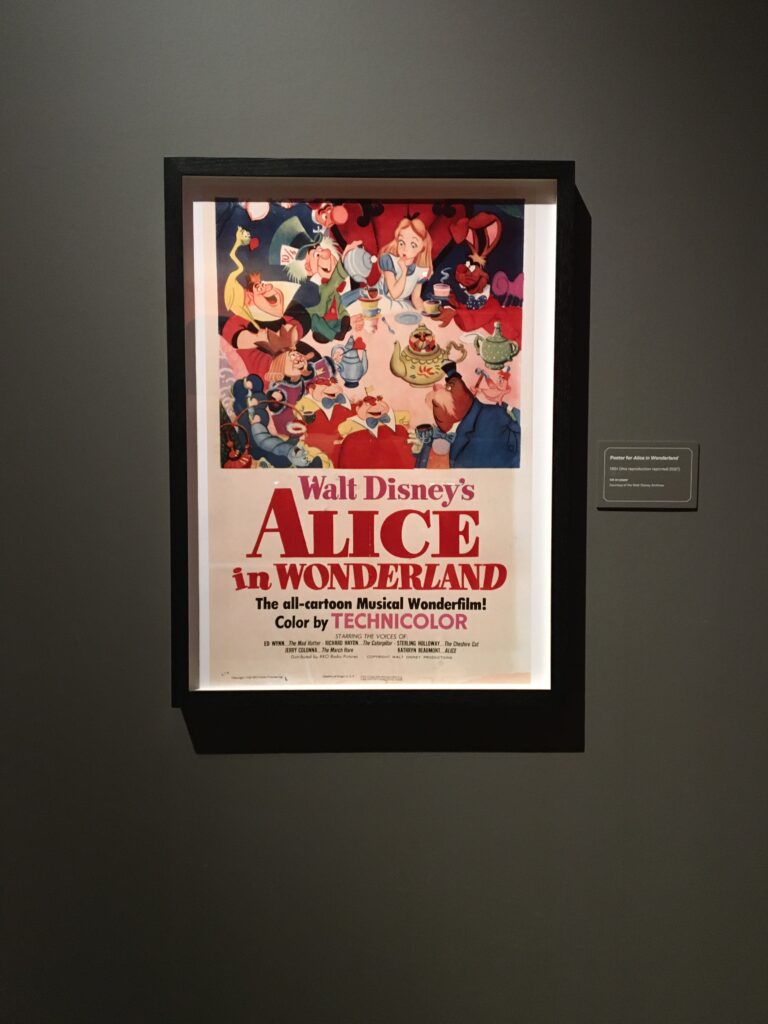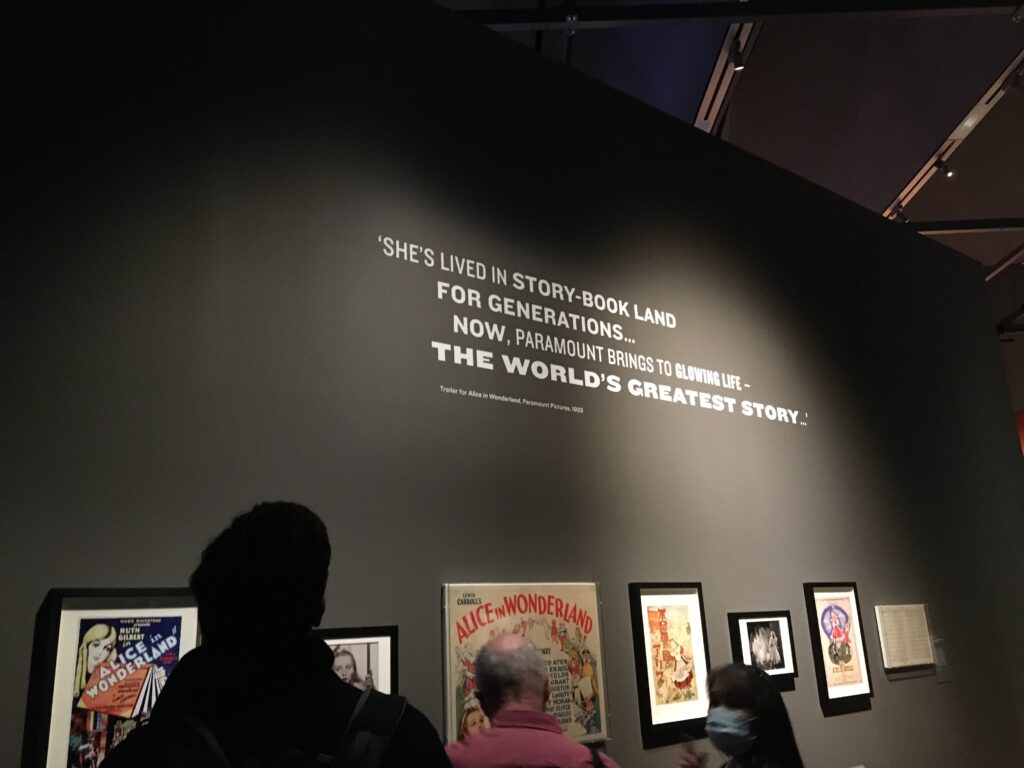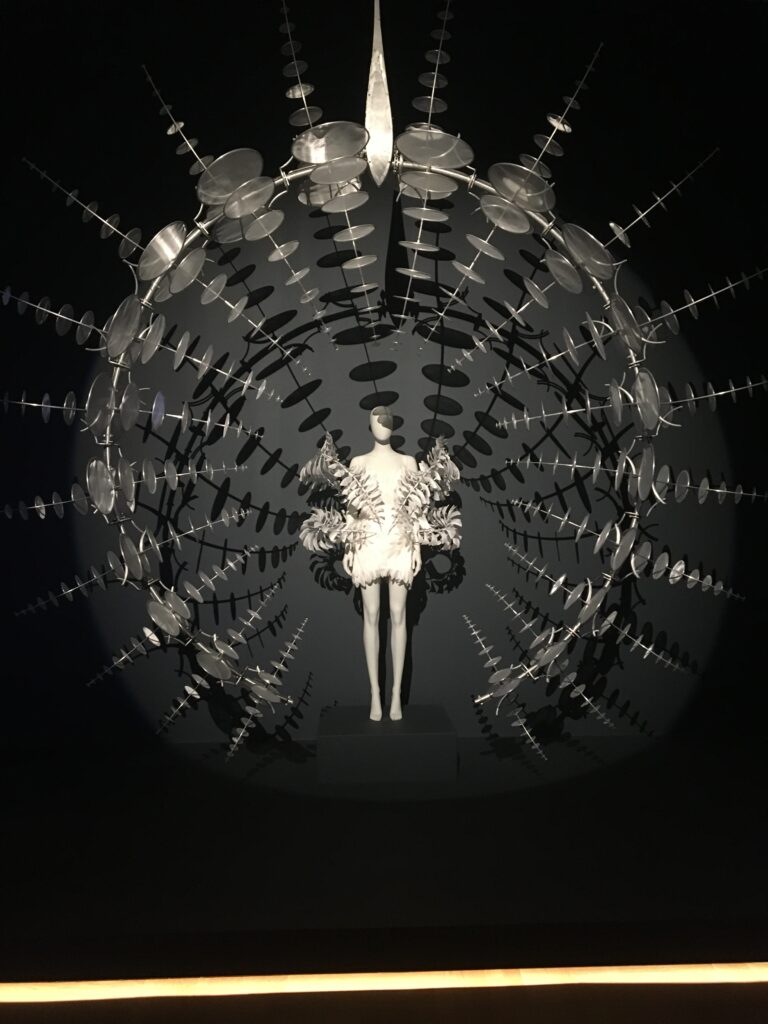
I had a vague recollection of watching the original Disney adaptation of Alice in Wonderland as a child, and was therefore intrigued by the new immersive exhibition exploring its history which took place at the Victoria and Albert Museum last year. Partly due to a poor memory of the story, but probably due to still being childishly jealous that my sister had a literary franchise named for her and I did not, I was sceptical of this exhibition. Why Alice, why was this character so important?
Alice’s Adventures in Wonderland is an 1865 children’s book written by Lewis Carroll that tells the story of Alice, who falls down a rabbit hole and finds a world of fantasy and nonsense. Throughout the late nineteenth century it became incredibly popular, providing an escape from the didacticism of Victorian England and embracing the chaos of life. It has taken on a life of its own since this, with countless plays, films, recreations of the books and more reviving Alice’s world over and over again.

The exhibition reminds the audience of the origins of the character being a young girl called Alice Lindell, a family friend of Carroll’s that he told these tales to. It shows the evolution to the stories we know today, with the central focus on the cultural icon Alice. Described by Carroll as “loving and gentle … courteous to all … trustful … wildly curious” (Martin Gardener, The Annotated Alice: 25-26), her portrayal is one that I think young girls can aspire to. Her representation is modern for its Victorian setting; just a young girl being the focus of a book is unusual for this time, breaking the rigid gender structures and challenging the adults of Wonderland. Young readers can look to her as a symbol of bravery, determination and childhood innocence.
The exhibition continues by showing the multiple film adaptions that have been made from the early twentieth century through to the past ten years. It was interesting to see the different ways Alice’s image has been interpreted by filmmakers, including the 1951 Disney version that cemented her place in popular culture, as well as the familiar image of a blonde girl in a blue dress. It later shows various artistic interpretations of the books, and garments from fashion designers that were inspired by Alice.
The last exhibit you see is the 2019 ‘Infinity’ dress by Iris van Herpen and the 2019 ‘Omniverse’ sculpture by Anthony Howe, curated together to create an angelic image truly representative of Alice’s spirit. It evokes ideas of transformation and expansion, synonymous with the evolution of Alice in Wonderland from its original start in the mid-19th century. The ‘Infinity’ dress is a great piece to finish on; truly reflective of how I and many others see Alice. She is a great representation of what young girls should aspire to be, and her spirit continues to inspire future generations of young girls to be as courageous and progressive as she was.

-Sarah Carnall
Junior Girl
Girl Museum Inc.
